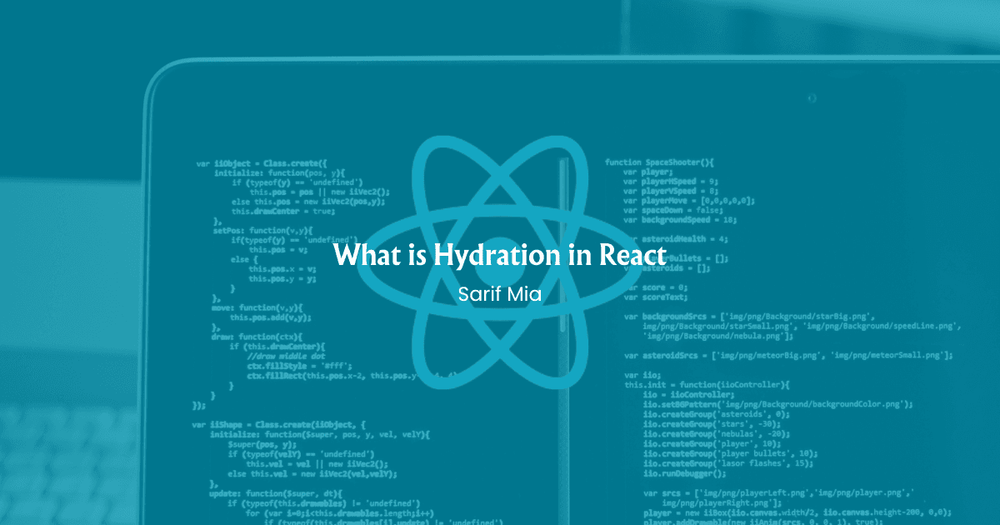
Ever wondered how modern web apps load so fast yet feel so smooth? That's where React's hydrateRoot comes in. It's basically the magic that transforms static HTML from your server into a fully interactive React app. Think of it as breathing life into what was previously just dead markup.
What's Hydration All About?
Here's the deal: when you visit a website, you want it to load fast, right? Server-side rendering (SSR) gives you that instant content. But then you also want buttons to click, forms to submit, and all that interactive goodness. That's where hydration steps in.
Instead of throwing away the server-generated HTML and rebuilding everything from scratch (which would be wasteful), React's hydrateRoot attaches all the JavaScript behavior to the existing DOM. It's like plugging in a lamp – the structure's already there, you're just adding the power.
import { hydrateRoot } from 'react-dom/client';
import MyApp from './MyApp.js';
hydrateRoot(document.getElementById('root'), <MyApp />);Pretty straightforward, isn't it? You're telling React: "Hey, here's some HTML that matches this component tree. Make it interactive."
Why Not Just Use CreateRoot?
Good question! The difference is crucial. CreateRoot assumes you're starting with an empty container – it'll wipe out any existing content. HydrateRoot, on the other hand, expects to find server-rendered HTML that matches your React components.
Using the wrong one is like trying to fit a square peg in a round hole. React will either throw errors or waste all the performance benefits you got from server rendering.
The Tricky Parts (And How to Handle Them)
Hydration Mismatches
This is where things can get frustrating. React is pretty picky – it expects the server HTML to match exactly what the client would render. Even tiny differences can cause problems.
Common culprits include:
- Using Date.now() or Math.random() in your components
- Accessing browser-only APIs like window during server rendering
- Extra whitespace or formatting differences
When you can't avoid mismatches (like showing the current time), React gives you an escape hatch:
function CurrentTime() {
return (
<div suppressHydrationWarning>
Current time: {new Date().toLocaleTimeString()}
</div>
);
}Just don't overuse this – it's meant for specific cases, not as a general solution.
Performance Considerations
While hydration makes your app feel faster, it's not free. All that JavaScript still needs to run, and on slower devices, this can create a delay between when content appears and when it becomes interactive.
React 18 helps with this through concurrent hydration – it breaks up the work so your page doesn't freeze. But you can also be smart about it:
- Prioritize above-the-fold content
- Lazy load components that aren't immediately visible
- Use React Suspense for progressive loading
Keeping Server and Client in Sync
One of the biggest headaches is making sure your server and client have the same data. I've seen apps where the server renders a todo list with 5 items, but by the time the client hydrates, there are 7 items. Recipe for disaster.
Here's a pattern that works well:
// Server embeds initial data
const initialData = window.INITIAL_DATA;
hydrateRoot(document.getElementById('root'), <App data={initialData} />);This way, both server and client start with identical information.
Advanced Tricks
Full Document Hydration
You can actually hydrate entire HTML documents, not just specific containers:
function SarifToDo() {
return (
<html>
<head>
<title>My Todo app</title>
</head>
<body>
<MainContent />
</body>
</html>
);
}
hydrateRoot(document, <FullApp />);This gives you complete control over the document structure.
Partial Hydration
Sometimes you don't need to hydrate everything. Maybe you have a mostly static page with just one interactive widget:
// Only hydrate the interactive parts
hydrateRoot(document.getElementById('widget'), <InteractiveWidget />);This keeps your JavaScript bundle smaller and your app faster.
Debugging When Things Go Wrong
When hydration fails, React's development mode is your friend. It'll show you exactly where the mismatch occurred. In production, these warnings disappear, so always test thoroughly in development.
Common debugging tools:
- React DevTools for inspecting component state
- Chrome DevTools for performance profiling
- Console warnings in development mode
The Bottom Line
HydrateRoot is React's way of giving you the best of both worlds: fast initial page loads from server rendering, plus rich interactivity from client-side React. It's not always straightforward – you'll run into mismatches and performance considerations – but when done right, it creates incredibly smooth user experiences.
The key is understanding that you're not just rendering a React app; you're carefully synchronizing server and client to create a seamless transition from static to interactive. Master this, and you'll build web apps that feel lightning-fast and buttery-smooth.
As React continues evolving, we'll likely see even better hydration strategies, but the core concept remains: bridge the gap between server efficiency and client interactivity. That's what modern web development is all about.